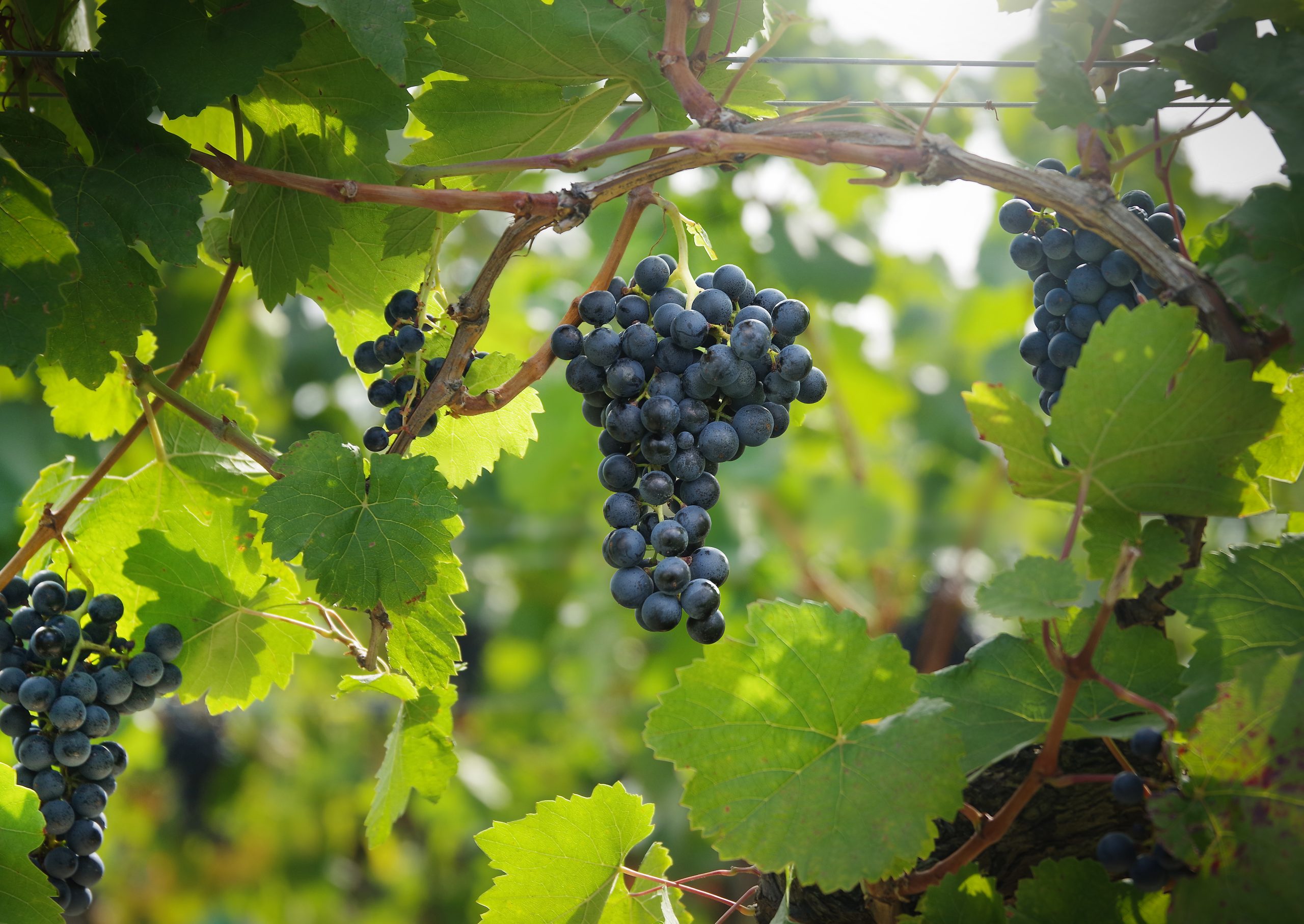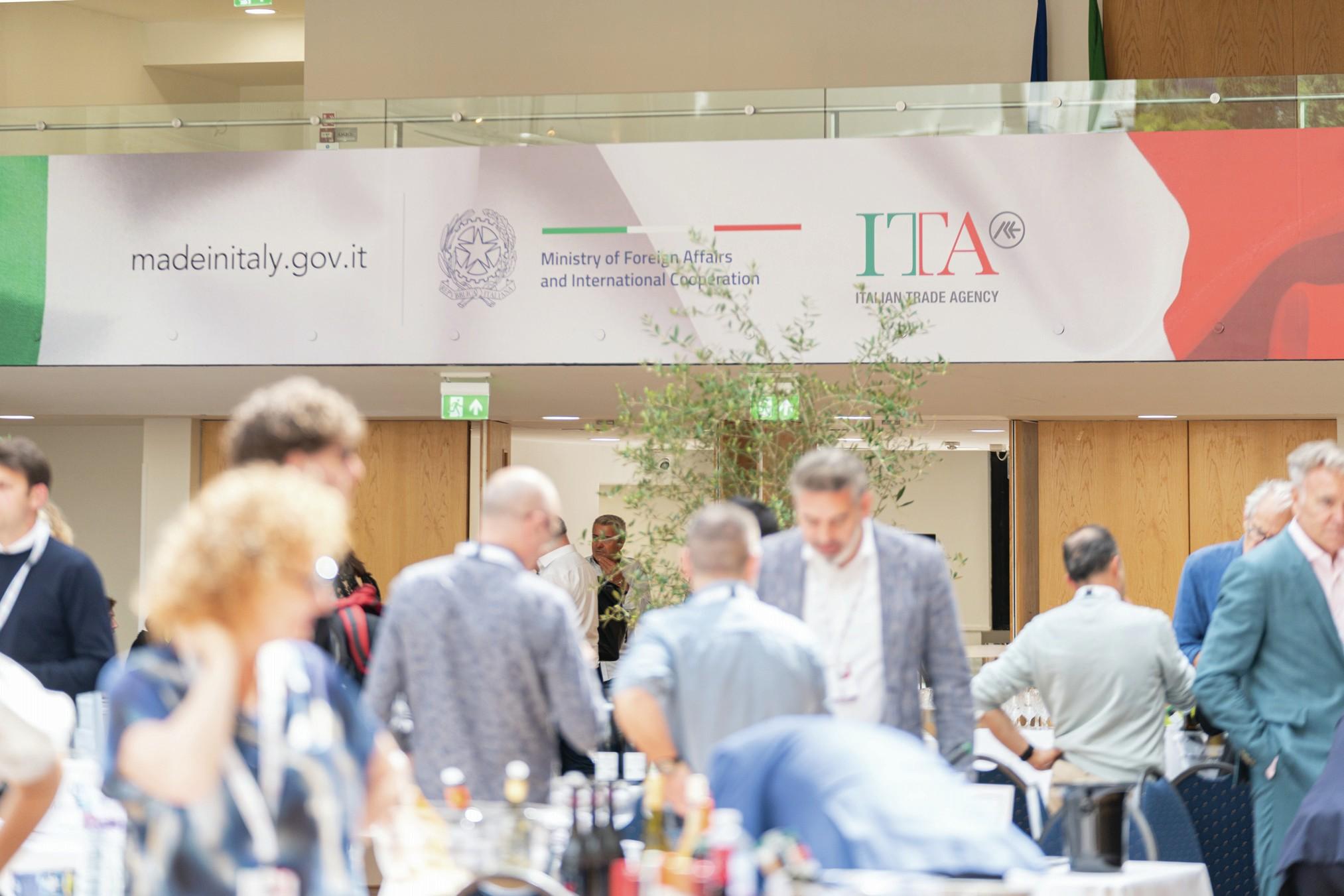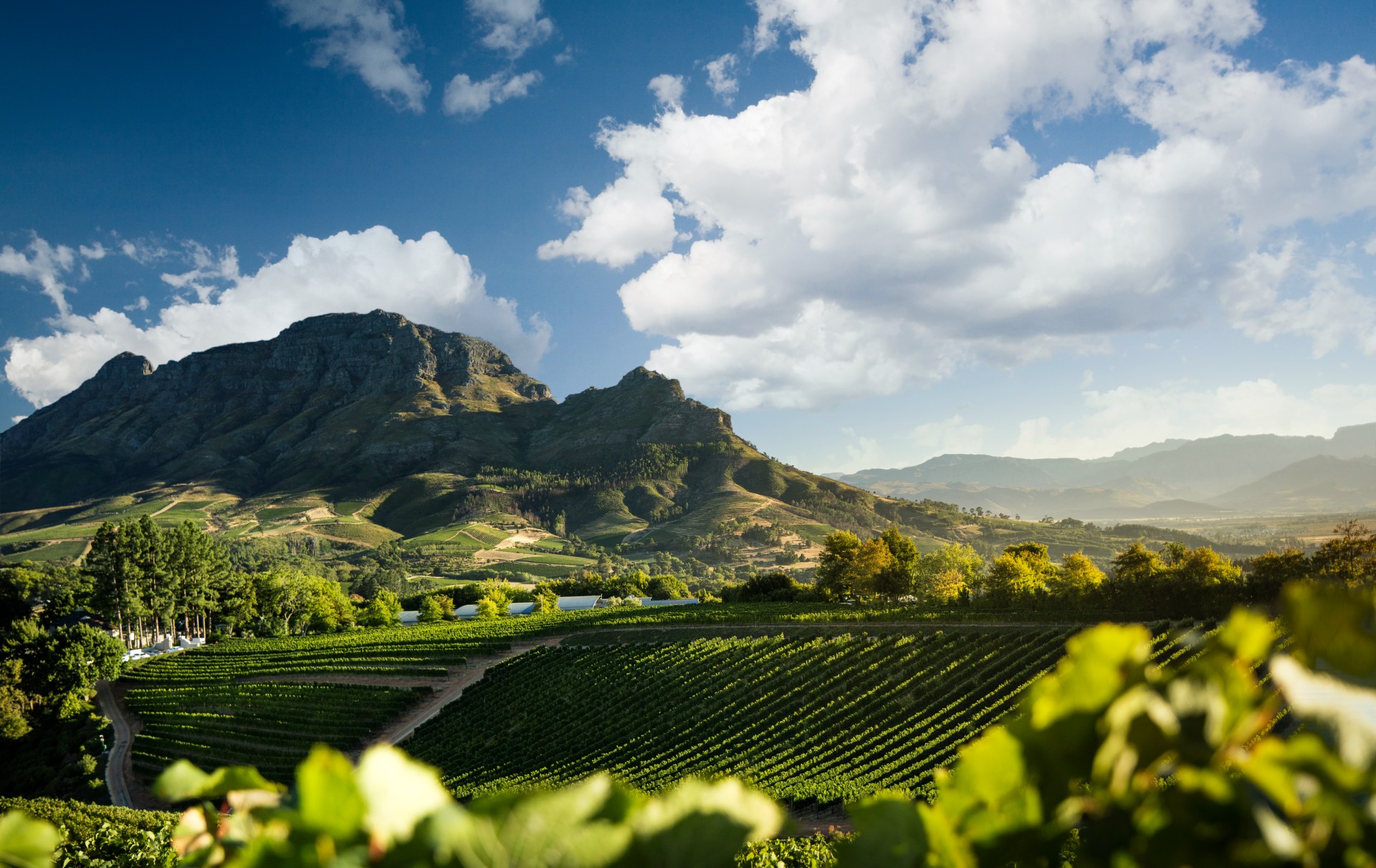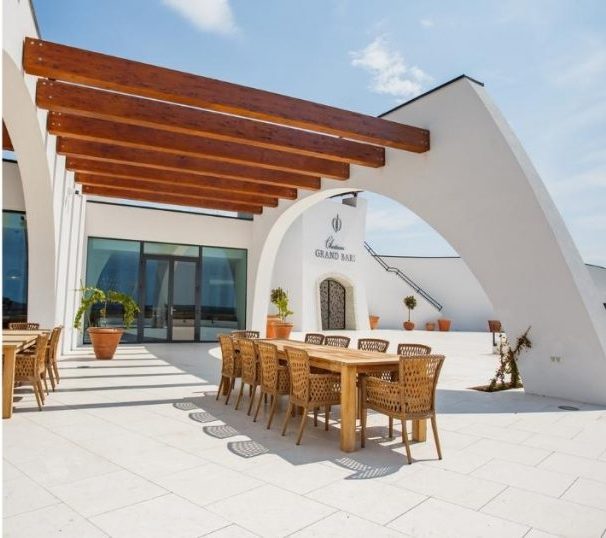Tavignano, Verdicchio and Le Marche: a question of time
If you stop to think about sources of fine wine from Italy, certain names are likely to crop up: Chianti Classico, Barolo, Sangiovese, Nebbiolo, Brunello, Bolgheri. But how about Verdicchio? And Le Marche? Richard Woodard discovers the ageworthy white wines of Tenuta di Tavignano.
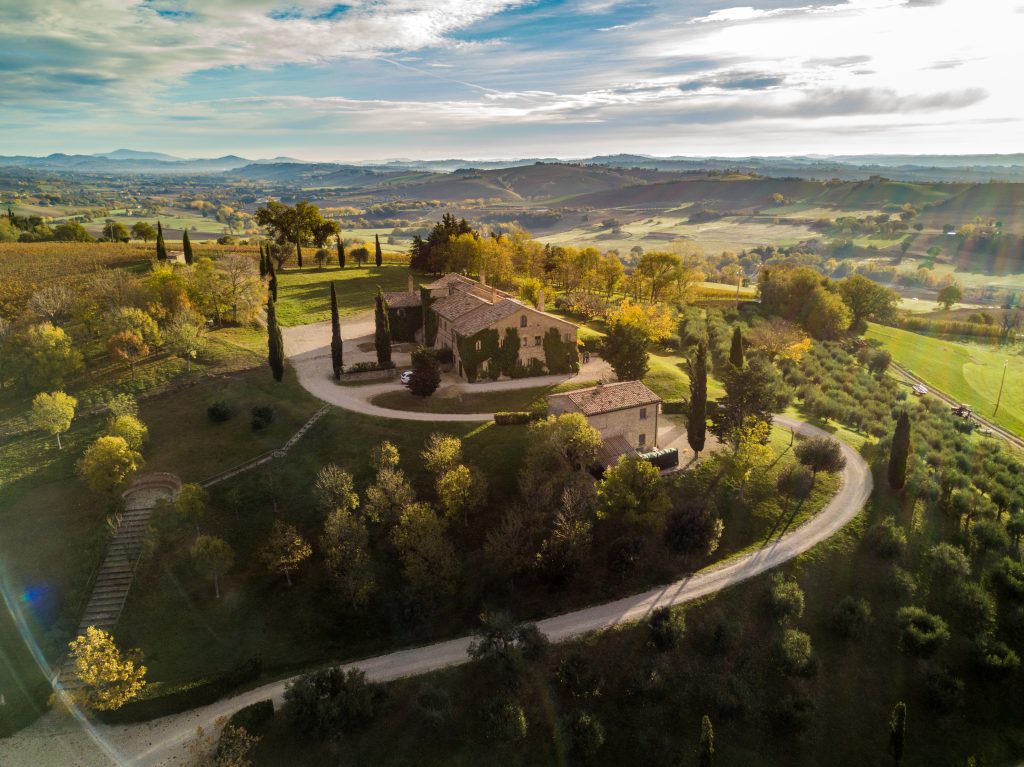
When you’re trying to establish the fine wine credentials of an unheralded grape variety from a relatively unknown part of the world, patience is a prerequisite. It’s 50 years since Stefano Aymerich di Laconi and Beatrice Lucangeli established Tenuta di Tavignano in Italy’s Le Marche region, and more than 30 since di Laconi planted the best Verdicchio clones in the Misco vineyard – and it’s still a work in progress.
“The Marche at that time was more well-known for creating easy-drinking wines, and maybe wineries that had a higher goal would plant Sauvignon Blanc or Chardonnay – international grapes, not at all Verdicchio – to do fine wines,” says Ondine de la Feld, Tavignano’s current CEO, a former architect who is the niece of di Laconi and Lucangeli.
If people recall Verdicchio dei Castelli di Jesi at all, it’s as a source of wallet-friendly, gulpable wines like those of Fazi Battaglia, packaged in those eye-catching, sinuously curved green bottles that speak the same simple visual language as the fiasci of old-school Chianti. Others have attempted to do something more serious with the variety – Bucci being one example – but broader awareness has so far proven elusive.
“The problem with the Marche is that many people even in Italy don’t know where it is,” says de la Feld. And, if Italians can’t find it, what chance that wine buyers will visit a region that’s fully four hours from Tuscany? “Maybe in the Marche you might know two or three wines, but it’s not enough, so you don’t go there,” de la Feld says.
But Tenuta di Tavignano persists, respecting what di Laconi described as the “infinite potential” of Verdicchio, and the peculiar properties of the three-hectare Misco vineyard, which takes its name from the nearby Musone river (Miscus in Latin). Misco is located at an altitude of 350m, in the southern part of the castle-filled Castelli dei Jesi zone, and 35km from the Adriatic – cooled by winds from east (la Bora from the Balkans) and the west (the Apennines).
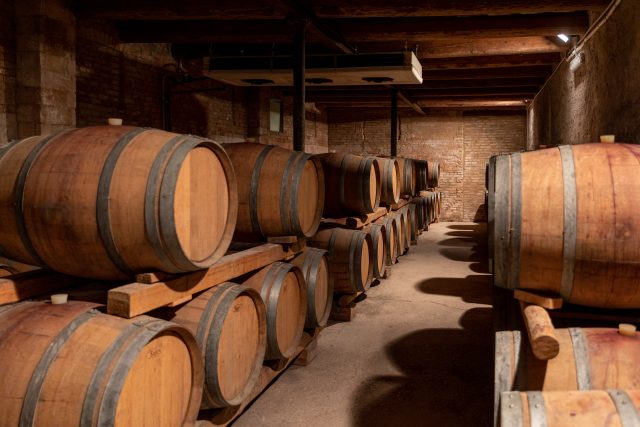
The vineyard has good diurnal temperature variation and clay limestone soils, filled with fossils – this land was under the sea millennia ago. Along with the cooling winds, this gives Misco’s Verdicchio its trademark sapidity and mineral character.
If patience is a prerequisite to building the international reputation of these wines, the same is true, in the shorter term, of the variety itself. “Sometimes Verdicchio when it’s a bit young could be a little bit flat,” de la Feld admits. “Verdicchio when it’s young is pleasant, and it has the right sapidity and acidity – you can drink it with anything, but it’s nothing to die for.
“We believe the real expression of Verdicchio happens with the development of secondary and tertiary aromas. You can have the impression of wood – fat, round, electric with high sapidity. It’s really just a question of time.”
Time, plus the right vineyard, vine selection and winemaking – Misco is fermented with a mix of native and selected yeasts, and spends up to 12 months on the lees, while Misco Riserva has 18 months on the lees, then up to 15 months in bottle. Unlike some other high-end Verdicchios, there’s no oak here, just stainless steel.
Partner Content
The past decade has produced contrasting vintage conditions – from the “tropical” rains of 2018 to the cool, wet 2014 and the excessive heat of 2017. Meanwhile, 2015 was “the perfect year”, says de la Feld – resulting in that year’s Misco Riserva being named Italy’s best white wine by Gambero Rosso in 2017 – and 2013 is still vibrant and punchy a decade on.
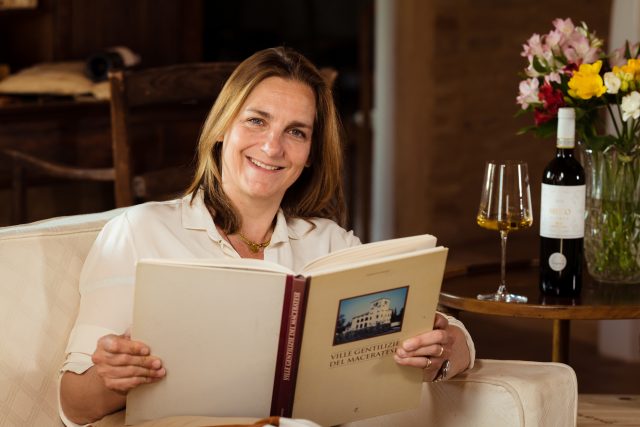
There’s something slightly counter-intuitive about the style: a white wine with broad shoulders, body and perceptions of tannin, that de la Feld recommends serving at 13C or even warmer. “We call it the red dressed as a white,” she says. “If you drink it too cold, you lose the element of saltiness, and you have only the bitterness.” In le Marche, she adds, people drink it all year round to accompany the hearty local food – charcuterie, lasagne with veal and pork, cave-matured cheeses.
In this context, it’s perhaps hardly surprising that success has come relatively slowly for Tavignano and Verdicchio. “Verdicchio is a bit difficult,” muses de la Feld. “Everyone remembers Verdicchio with a nice low price for the supermarket. When we come with a price that’s a bit higher, they say it’s too expensive – and you don’t even get to open the bottle.”
But the first hurdle was believing in the wine themselves. “For us the oldest [Misco Riserva] is 2009 and it’s still interesting; also 2011,” says de la Feld. “Before that, we never thought that it could be possible. It was a miracle we could sell the older vintages.
“When we started with ’13,” – de la Feld joined the business in 2014 – “we did 1,000 bottles of riserva and it was difficult to sell them. Now it’s 3,000-6,000 bottles and it could be difficult to really serve all our clients.” Older vintages are now sold direct to private individuals.
Importantly, more producers are pursuing a similar quality approach in the region, and with the variety. Younger growers are planting new vineyards and making major investments – but they too need to hold their nerve, says de la Feld.
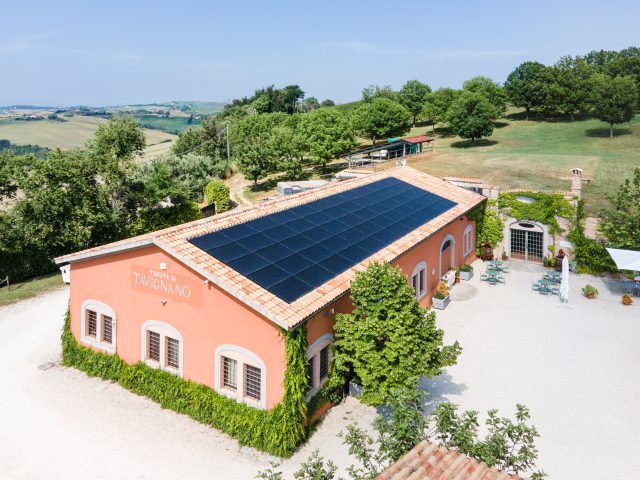
“It takes a lot to go back to this because the market doesn’t recognise how expensive it is,” she says. “Some people start panicking and selling bottles at a low price … but many producers want to do this. They are sacrificing and losing money, but they don’t want to quit. They travel a lot like us, being ambassadors of what we are doing. I think that it has to happen.”
After years of hard work, there a sense of progress in Le Marche now. Ancona Airport has reopened with easyJet flights this summer, and local restaurants are earning a growing reputation for producing simple, high-quality local cuisine at reasonable prices. There’s a growing focus on the historical and cultural resonance of the Castelli dei Jesi name, layered on top of the qualities of Verdicchio itself.
“Now it’s changing,” says de la Feld. “For the moment, there is still a little bit of a door closed for this. But maybe now that the French wines are becoming so expensive, there is a chance for us. We really believe inside that the quality is good enough to compete … The sommeliers all say Verdicchio is our best wine. It’s just getting this through to the final consumer.”
Various vintages of Misco Riserva, plus other Tenuta di Tavignano wines, are available in the UK from Petersham Cellar
Related news
Castel Group leadership coup escalates
For the twelfth day of Christmas...
Zuccardi Valle de Uco: textured, unique and revolutionary wines

